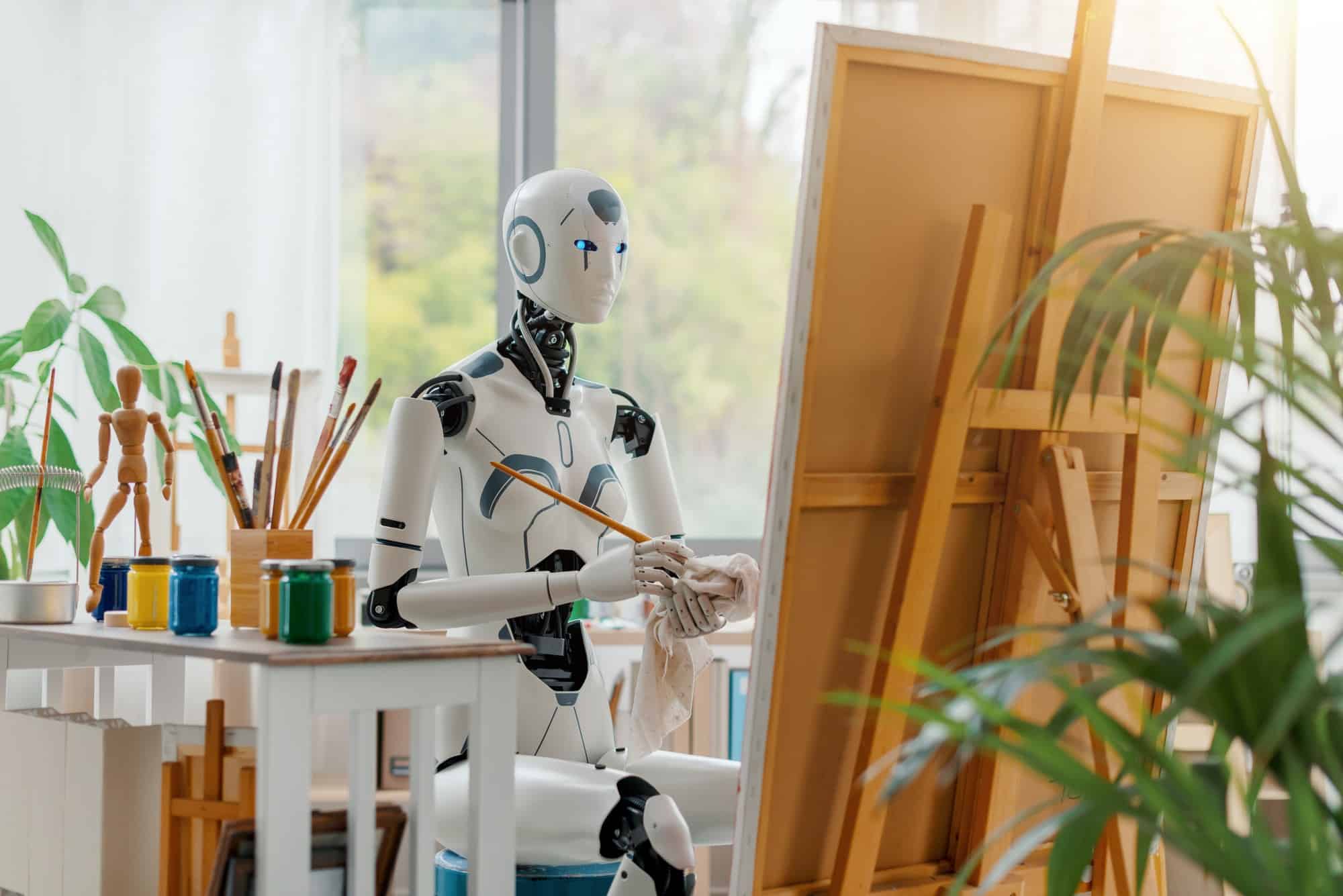How do image generators work ?

The world of audiovisual creation is being greatly disrupted by the appearance of artificial intelligence. These fascinating tools are indeed capable of generating unique and original images from simple textual descriptions. But how do these platforms work to generate such good quality images? Read to find out.
Using machine learning to generate images
Image generators are revolutionary tools with a very simple mode of operation. To provide such impressive results, they actually use machine learning. You can go to https://www.myimagegpt.com/ to check out one of these tools.
A lire également : How can sustainable agriculture practices reduce soil erosion and land degradation?
Image generators are indeed trained on large datasets. These tools are usually trained on images and associated text. Thus, they have the opportunity to understand and establish connections between words and images. It is on the basis of these findings that AI can generate new images from textual descriptions.
The use of deep neural networks
Once the textual description is provided, image generators must translate it into deep neural networks. They are of two types and play a leading role in the creation of visuals. The writings are first passed through an encoder. It is in fact an algorithm whose role is to convert the textual description into a digital representation that artificial intelligence can understand.
Lire également : Parachute pants are making a comeback
The series of code is then sent to a decoder. This algorithm uses the digital representation that it will translate pixel by pixel into the form of an image.
Using generative algorithms to create quality images
Generative algorithms are the very heart of artificial intelligence that creates images. There are a plurality of them, which each AI can integrate to carry out the tasks submitted to it.
GANs (Generative Adversarial Networks)
GANs (Generative Adversarial Networks) are one of the most used generative algorithms. They have revolutionized the way machines can generate creative content, including realistic and original images.
They provide the most real results using two specific tools. The first is a group of generators that uses the information provided to them to try to create “misleading” images. These are indeed visuals that come as close as possible to real creations.
Their action is supported by a set of discriminators. These are in fact tools integrated with AI and which continually attempt to detect bias. They try to unmask the fake images generated by the generators and separate them from the real images.
In general, two neural networks compete, one generating images and the other discriminating them from real images. This confrontation makes it possible to improve the quality of the various visual content generated by trying to bring them as close as possible to reality.
VAEs (Variational Autoencoders) and how they work
Variational autoencoders in French, VAEs are a type of deep neural network. They are used by artificial intelligence for machine learning. They are inspired by probabilistic learning models, which help them generate creative, unique, but also realistic content.
An VAE is made up of two main parts. The first is the encoder. This compresses an input, in this case, it is the textual description which is transformed into a lower dimensional vector representation called “latent space”. The latent space is then transferred to a decoder which uses it to reconstruct the original input from the latent space. Unlike traditional autoencoders, VAEs add a probabilistic component to their operation:
Why use artificial intelligence to generate images ?
The use of artificial intelligence in the field of content creation has been much talked about ever since. But, it offers many advantages to users. First, these tools are simple to use. In addition to this, they offer many options for generating images. You have the possibility to produce the most realistic images, but also artistic content and various types of drawing.
AI also makes it possible to automate certain tasks, whether it is research or image creation. They thus guarantee excellent savings in time and resources. This allows users to focus on other, much more important projects in the evolution of their businesses.
